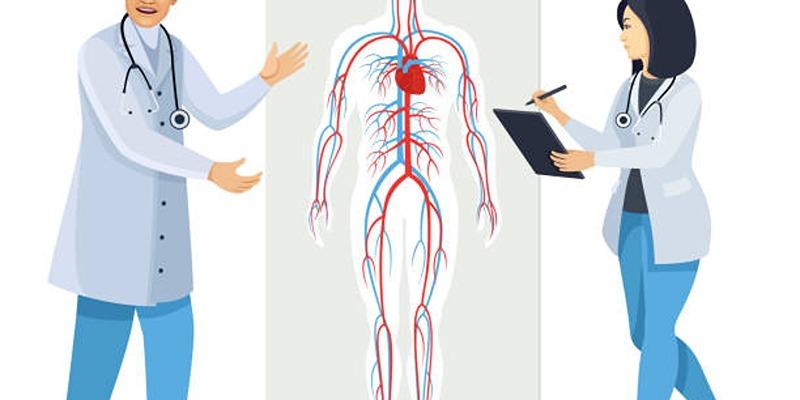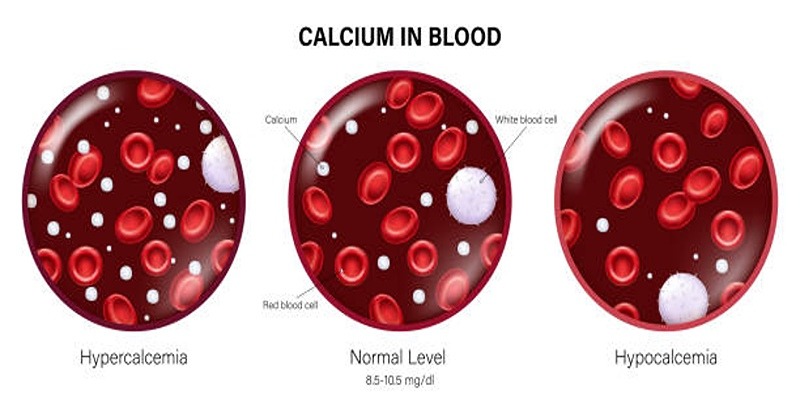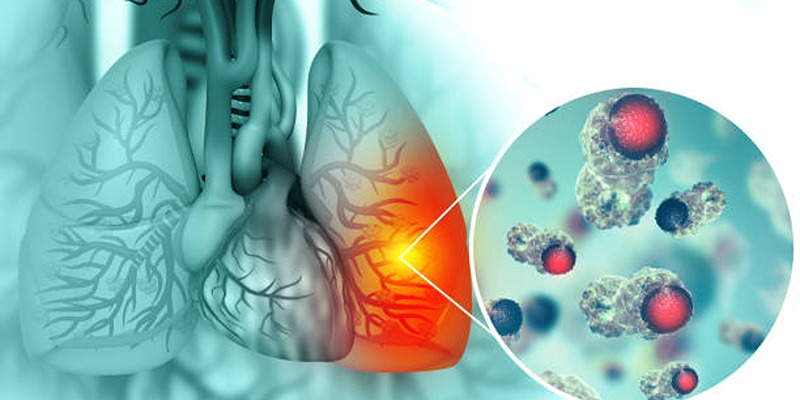Understanding and Treating Superior Vena Cava Syndrome
Superior Vena Cava Syndrome (SVCS) is a clinical entity that occurs most commonly as a result of vena caval narrowing or occlusion, a large central vein that drains the upper half of the human body into the right atrium of the heart. This can be associated with severe signs and risks since the superior vena cava is one of the vital vessels of the body’s circulation. This disease should also be diagnosed early so that it can be managed well before it gets severe.
Causes of Superior Vena Cava Syndrome
 SVCS can develop because of many factors and the majority of them are the result of external compression or internal occlusion of the SVC.
SVCS can develop because of many factors and the majority of them are the result of external compression or internal occlusion of the SVC.
Cancer:
The principal condition associated with SVCS is cancer, from which it originates in a vast number of instances. Primary cancer to the site or secondary cancer from lung cancer, lymphoma, or metastatic cancer may cause the growth of tumors exert pressure on the superior vena cava. This pressure decrease can reduce blood circulation and generate symptoms that women with such disorders start experiencing.
Thrombosis:
The other cause is thrombosis; clot formation in the blood vessels is also a common factor. This may happen in situ or within the vein when other medical devices such as central venous catheters or pacemaker wires are introduced. These can also irritate the lining of the vein and raise the chances of clot formation.
Other Causes:
Some diseases like Tuberculosis or fungal infections cause inflammation and scarring around the vein leading to its narrowing or even obstruction. SVCS can also be caused by mediastinal fibrosis or benign tumors which are very much a rarity.
Recognizing the Symptoms of Superior Vena Cava Syndrome
The symptoms of SVCS can vary in severity, depending on the extent of the obstruction and the underlying cause. Early detection is critical, as untreated SVCS can lead to life-threatening complications.
Common Symptoms
- Swelling: One of the most noticeable symptoms is swelling in the face, neck, and upper limbs. This occurs due to impaired blood drainage.
- Visible Veins: Veins in the neck and chest may become more prominent due to increased venous pressure.
- Breathing Difficulties: Patients often experience shortness of breath, wheezing, or a sensation of tightness in the chest.
- Headache and Dizziness: Reduced blood flow to the brain can result in headaches, dizziness, or even fainting.
- Hoarseness and Swallowing Issues: Compression of nearby structures can lead to hoarseness or difficulty swallowing in some cases.
These symptoms are often more pronounced when lying down, as gravity exacerbates venous pressure. If left untreated, SVCS can lead to complications like cerebral edema, which is swelling in the brain due to fluid buildup.
Diagnosing Superior Vena Cava Syndrome
Diagnosing SVCS involves a combination of clinical evaluation, imaging, and sometimes, tissue sampling.
Physical Examination
A healthcare provider will begin by reviewing the patient’s symptoms and medical history. Swelling, prominent veins, and breathing difficulties are key indicators that may point to SVCS.
Imaging Techniques
- Chest X-Ray: This is often the first imaging test performed. It can reveal abnormalities in the chest, such as enlarged lymph nodes or a mass pressing on the vein.
- CT Scan: A computed tomography (CT) scan provides detailed cross-sectional images of the chest, helping to pinpoint the location and cause of the obstruction.
- MRI: Magnetic resonance imaging (MRI) offers a detailed view of soft tissues and is especially useful when SVCS is caused by tumors.
- Ultrasound: In some cases, ultrasound may be used to evaluate blood flow and detect clots in the veins.
Biopsy
If a mass or tumor is identified as the likely cause of SVCS, a biopsy may be performed to confirm the diagnosis and determine the type of cancer. This information is crucial for planning treatment.
Treatment Options for Superior Vena Cava Syndrome
The treatment of SVCS focuses on relieving symptoms, addressing the underlying cause, and restoring normal blood flow. The approach depends on the severity of the condition and the root cause.
Addressing the Underlying Cause
- Cancer Treatment: If the obstruction is caused by a tumor, cancer treatments such as radiation therapy or chemotherapy are often used to shrink the tumor. This can alleviate pressure on the vein and improve symptoms.
- Anticoagulants: Blood-thinning medications are prescribed to dissolve blood clots causing the blockage. These are particularly useful when thrombosis is the primary cause.
- Infections: When infections are responsible, antibiotics or antifungal medications can reduce inflammation and resolve the obstruction.
Interventional and Surgical Treatments
In cases where medical therapy is insufficient, interventional or surgical procedures may be required:
- Stent Placement: A stent, which is a small mesh tube, can be inserted into the superior vena cava to keep it open and restore blood flow. This provides rapid symptom relief and is particularly effective in severe cases.
- Thrombolysis: For blood clots, thrombolysis involves delivering clot-dissolving medication directly into the vein using a catheter.
- Bypass Surgery: In rare and severe cases, a surgical bypass may be performed to create an alternate pathway for blood flow. This is typically considered a last resort.
Managing Symptoms and Improving Quality of Life
 In addition to addressing the underlying cause, managing symptoms is a critical part of treating SVCS. Medications and lifestyle adjustments can play a supportive role in recovery.
In addition to addressing the underlying cause, managing symptoms is a critical part of treating SVCS. Medications and lifestyle adjustments can play a supportive role in recovery.
Medications
- Diuretics: These medications help reduce fluid buildup and swelling in the upper body.
- Steroids: Anti-inflammatory steroids can decrease swelling around the vein, particularly in cancer-related cases.
Lifestyle Adjustments
Patients can adopt several measures to ease symptoms and support recovery:
- Sleeping with the head elevated can reduce venous pressure and improve breathing.
- Wearing loose clothing around the neck and chest to avoid additional compression.
- Staying active with light exercises to maintain circulation without overexertion.
When to Seek Immediate Medical Attention
SVCS is a potentially serious condition, and some symptoms warrant immediate medical attention:
- Sudden and severe breathing difficulties.
- Rapidly worsening swelling in the face or neck.
- Confusion, fainting, or other neurological symptoms.
Prompt evaluation and treatment can prevent complications and improve outcomes.
Conclusion
Superior Vena Cava Syndrome is a challenging condition that can significantly impact a patient’s quality of life. However, with timely diagnosis and tailored treatment, most patients experience relief from symptoms and a better prognosis. Whether caused by cancer, thrombosis, or other conditions, SVCS requires a comprehensive approach that addresses both the underlying cause and the immediate symptoms. If you or someone you know is experiencing signs of SVCS, consult a healthcare professional promptly to explore effective treatment options.












